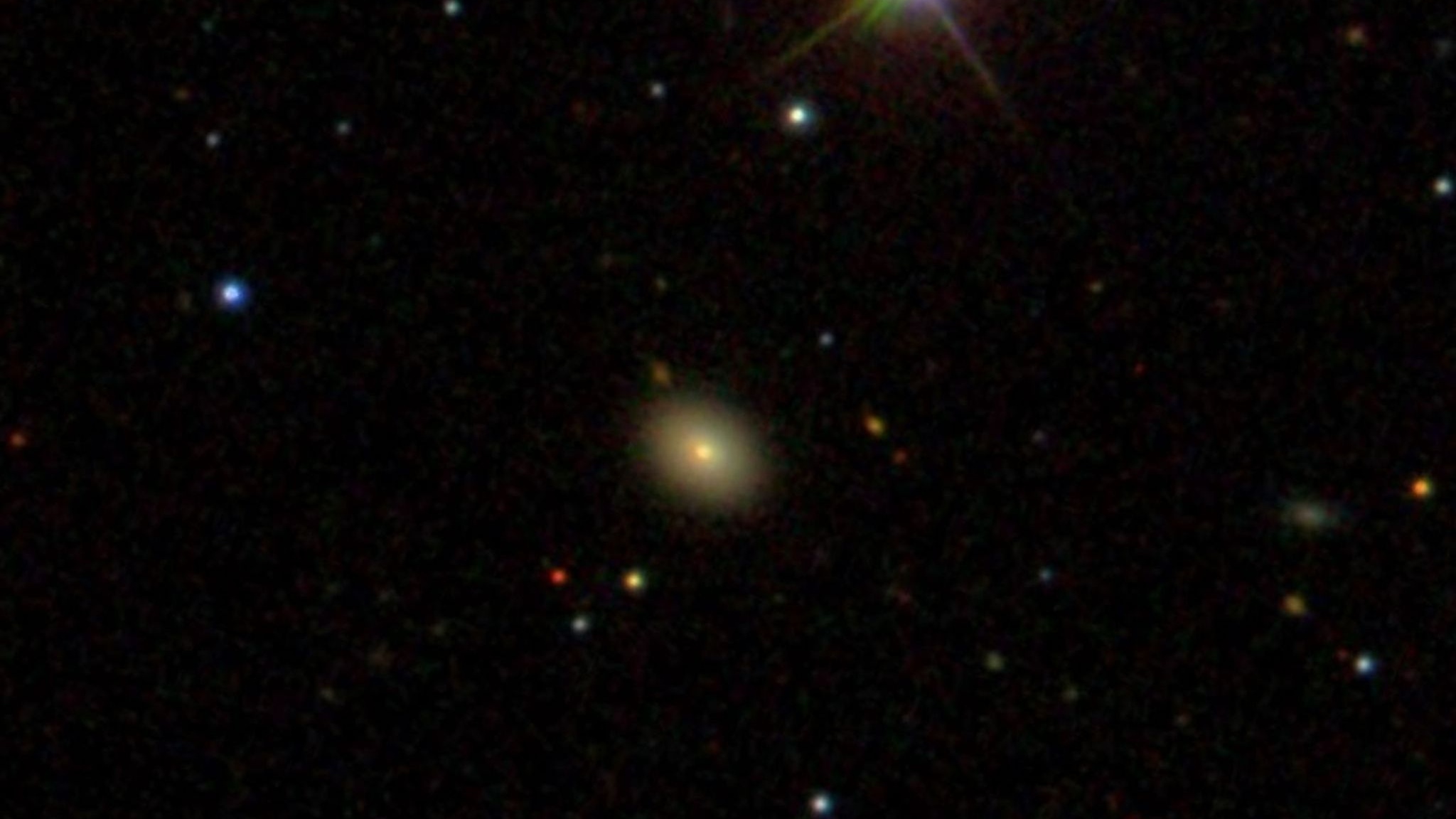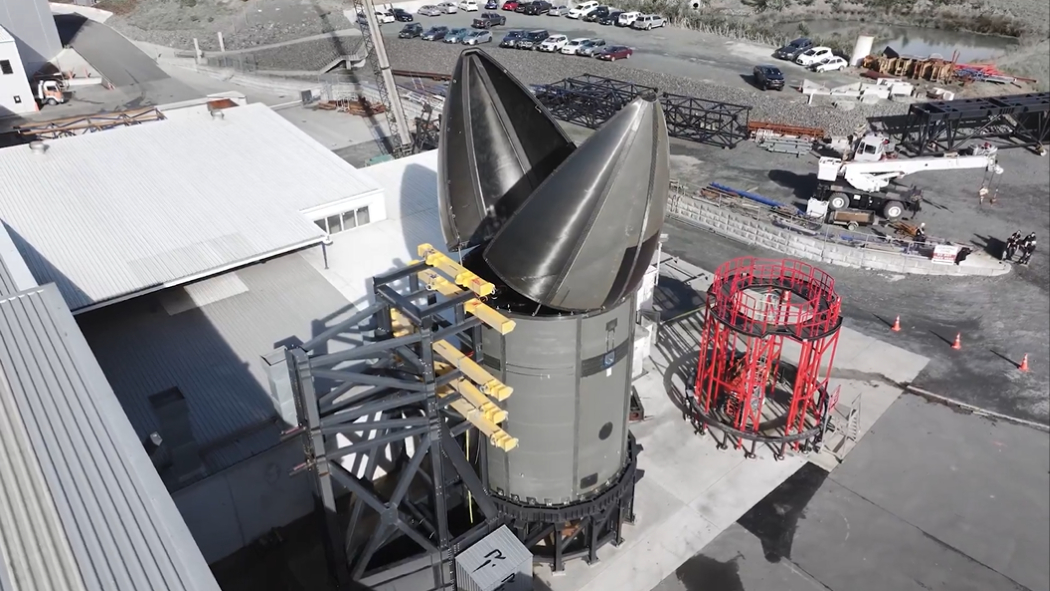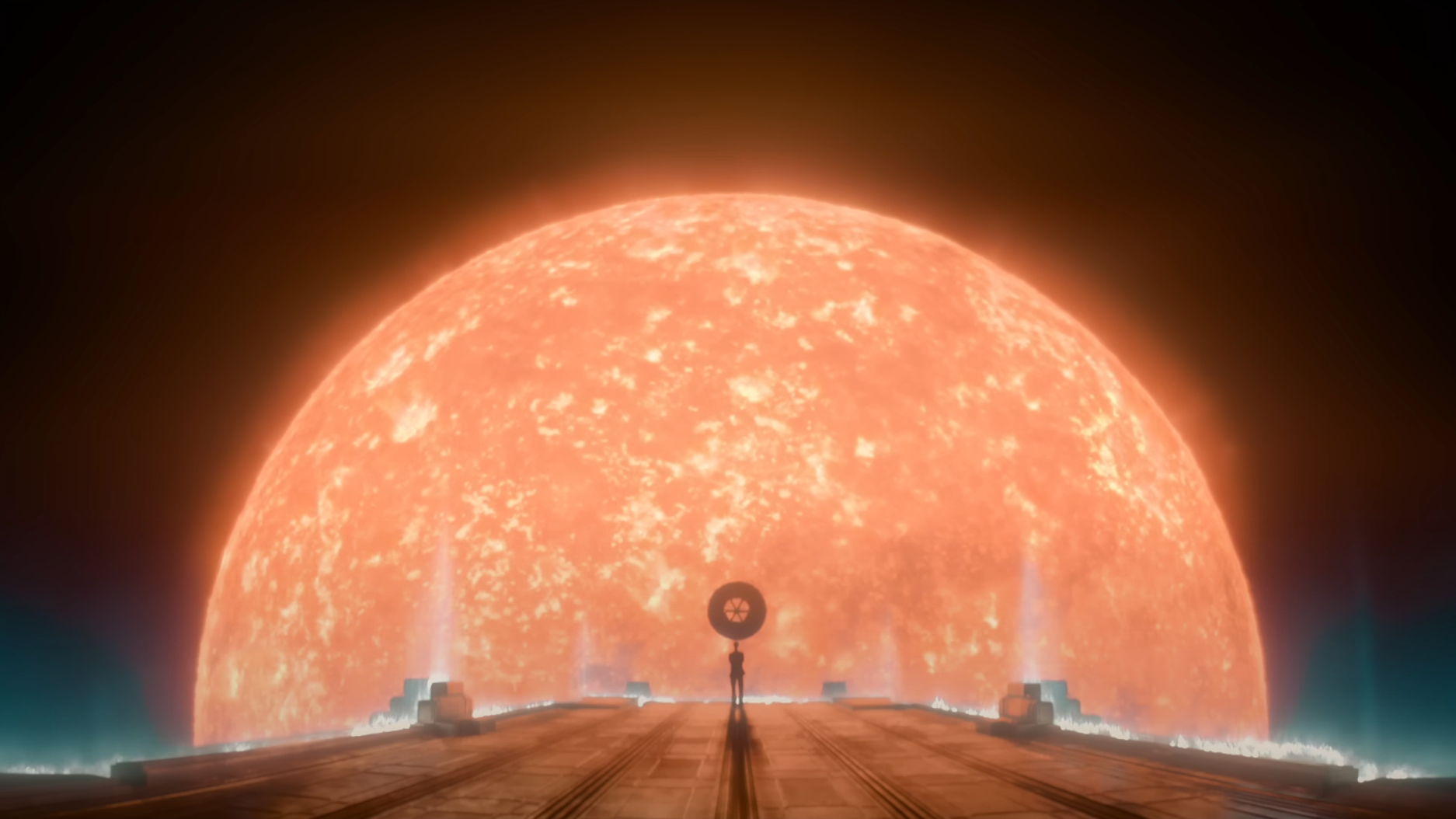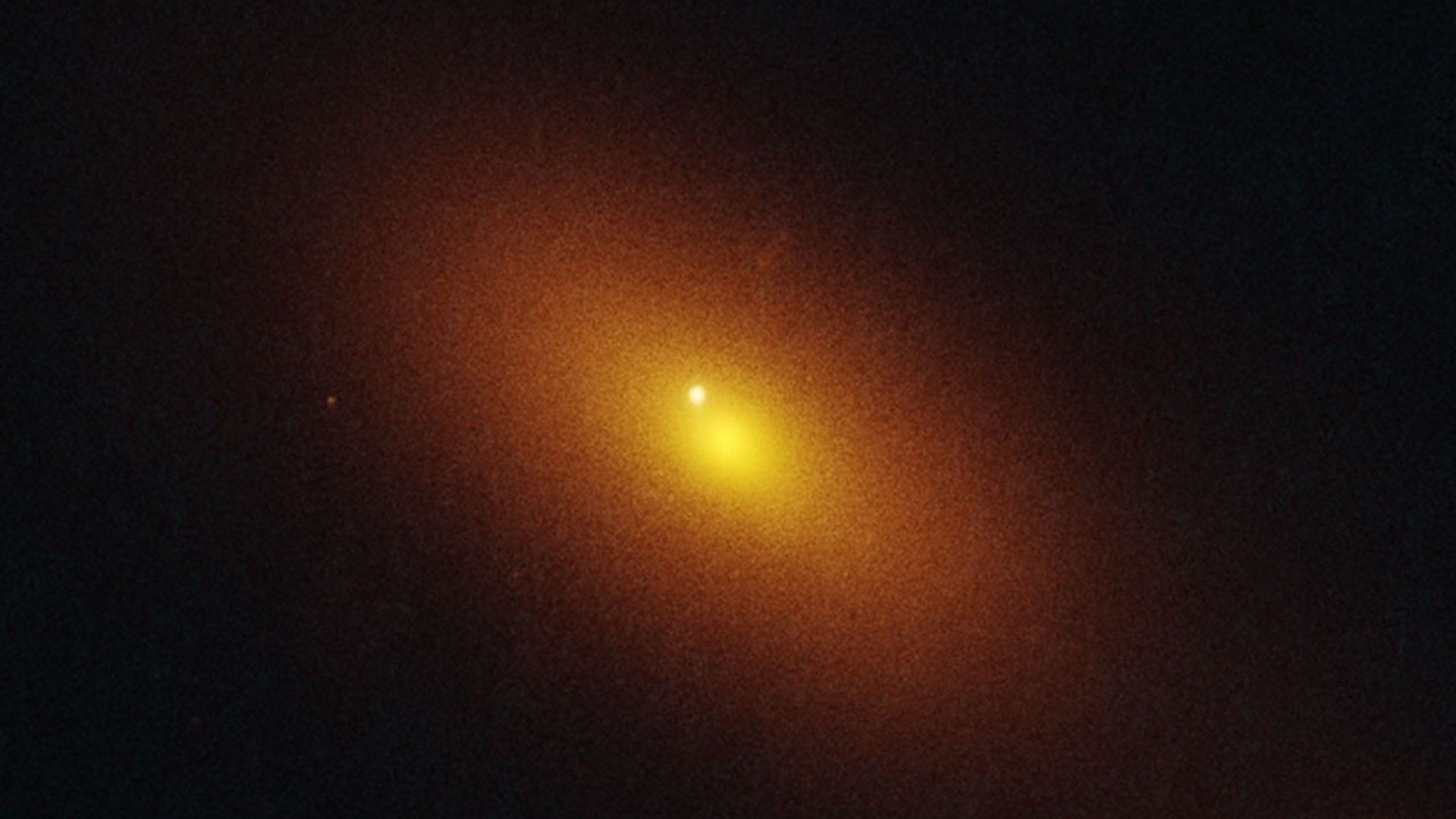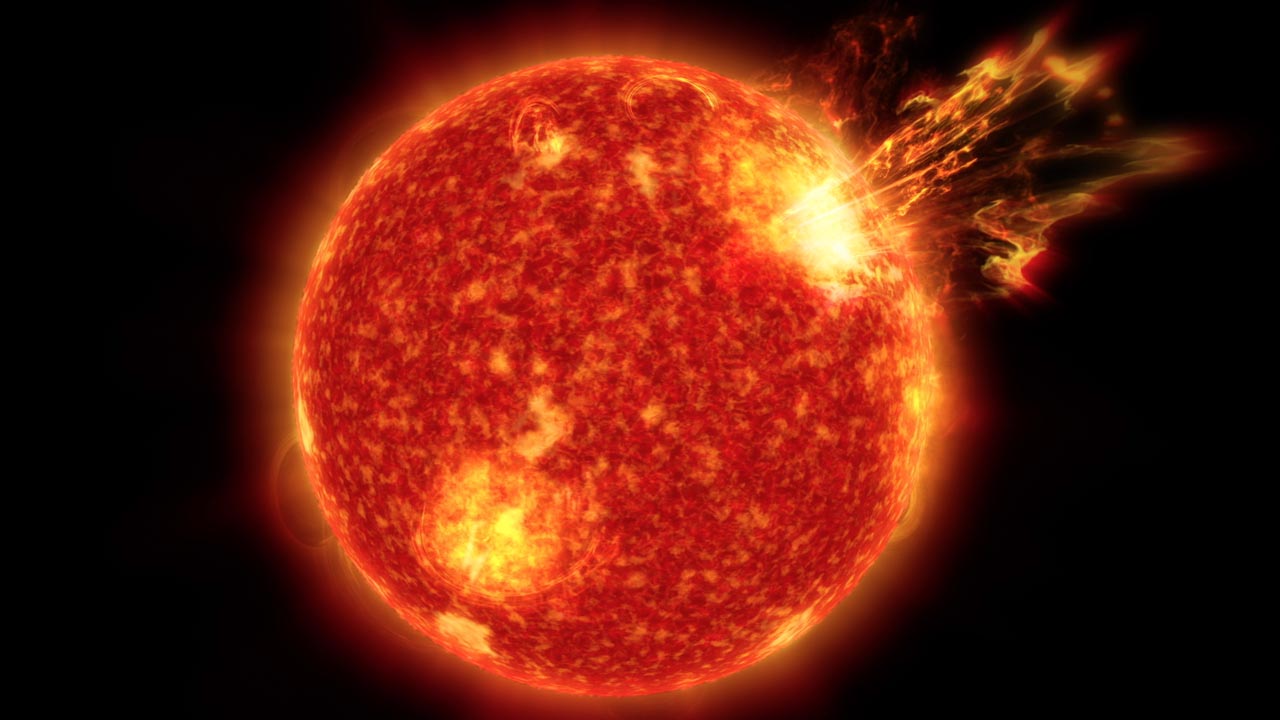China's moon plans involve 3D printing bricks from lunar soil
A prototype robotic "mason" could fly on the Chang'e 8 lunar south pole mission.

China aims to test printing bricks from lunar regolith later this decade in a step towards constructing a permanent base on the moon.
The country's Chang'e 8 mission is scheduled to land on the moon around 2028 and will likely include in-situ resource utilization tests, or using resources found on the lunar surface. Scientists gathered at a conference in Wuhan this week confirm that they are looking at 3D printing bricks using materials from the lunar surface, China Science Daily reported.
Ding Lieyun, a scientist at Huazhong University of Science and Technology, revealed a six-legged, insect-like robot prototype called a "super mason" which could put these printed bricks together in a similar fashion to Lego pieces, according to the report. "Eventually, building habitation beyond the earth is essential not only for all humanity’s quest for space exploration, but also for China's strategic needs as a space power," Ding told China Science Daily during the conference, according to a report by the South China Morning Post (SCMP).
The techniques, if verified, could then be used for building the International Lunar Research Station (ILRS) China plans to construct in the 2030s.
Related: Not just Artemis: China and Russia plan to put boots on the moon, too
The conference was the first dedicated to discussing approaches to building a crewed base, according to SCMP.
3D printing for space activities has been under consideration and testing for many years, with the European Space Agency working on making bricks with lunar regolith simulant, and Airbus set to send a metal 3D printer to the International Space Station. Such capabilities mean that items could be produced or replaced in space, rather than need to be launched from Earth, greatly reducing cost of exploration.
Get the Space.com Newsletter
Breaking space news, the latest updates on rocket launches, skywatching events and more!
China is currently working on its next set of lunar missions, namely Chang'e 6, which will collect the first samples from the far side of the moon in 2025, and the multi-spacecraft Chang'e 7, which is scheduled to launch in 2026 and will search for water-ice in shadowed craters among other objectives.
Chang'e 8 will follow in 2028 and lay some of the groundwork for the larger ILRS project.
Follow us @Spacedotcom, or on Facebook and Instagram.
Join our Space Forums to keep talking space on the latest missions, night sky and more! And if you have a news tip, correction or comment, let us know at: community@space.com.

Andrew is a freelance space journalist with a focus on reporting on China's rapidly growing space sector. He began writing for Space.com in 2019 and writes for SpaceNews, IEEE Spectrum, National Geographic, Sky & Telescope, New Scientist and others. Andrew first caught the space bug when, as a youngster, he saw Voyager images of other worlds in our solar system for the first time. Away from space, Andrew enjoys trail running in the forests of Finland. You can follow him on Twitter @AJ_FI.


